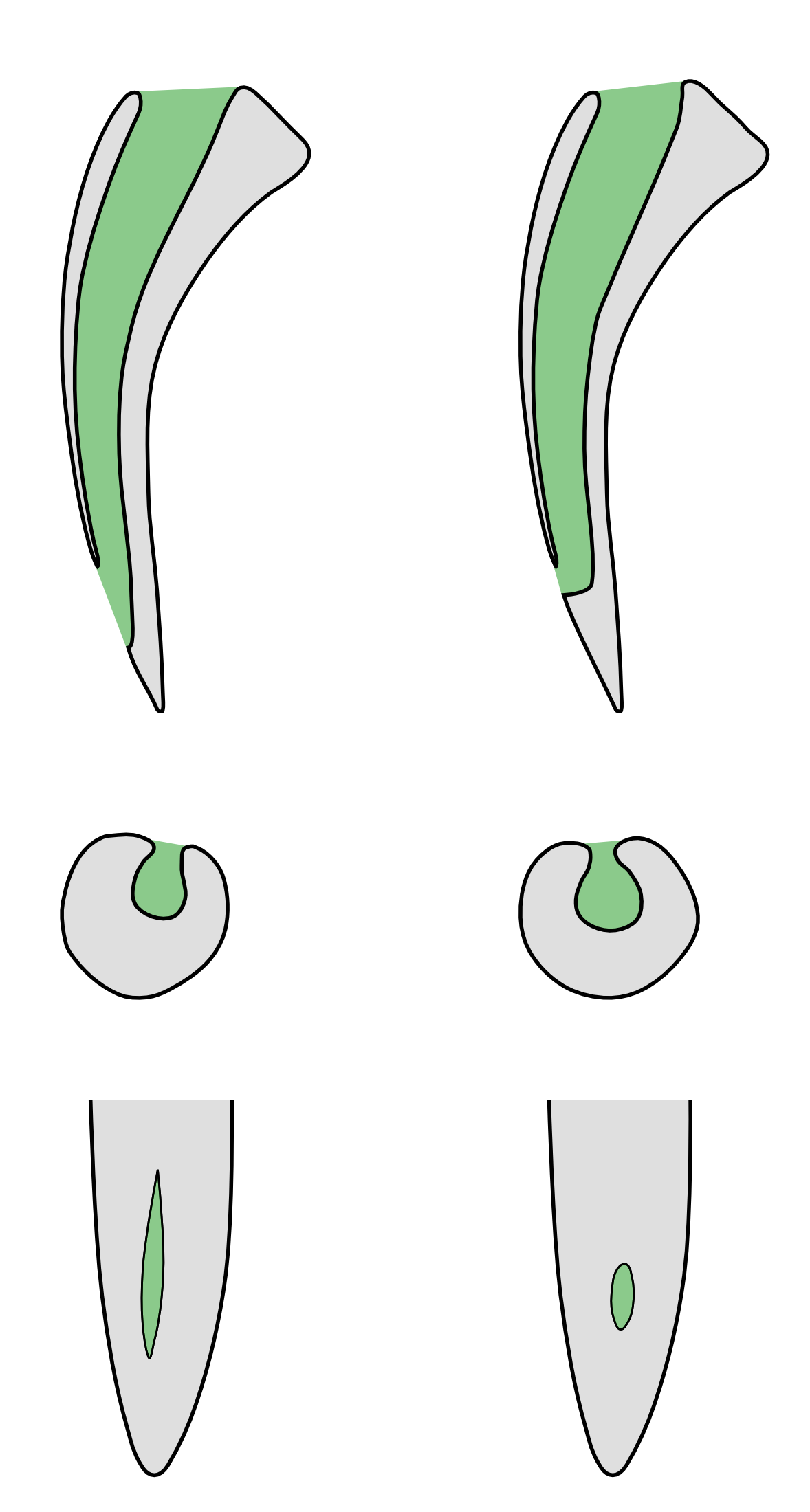Spitting cobras on:
[Wikipedia]
[Google]
[Amazon]
 A spitting cobra is any of several species of cobras that can defensively spray a toxic secretion - functioning as both a venom (that can be injected via a wound) and a toxungen (that can be sprayed on the target surface) - from their fangs into the eyes of an attacker.
A spitting cobra is any of several species of cobras that can defensively spray a toxic secretion - functioning as both a venom (that can be injected via a wound) and a toxungen (that can be sprayed on the target surface) - from their fangs into the eyes of an attacker.
Video
of an African red spitting cobra spraying its venom
Video
of an African red spitting cobra feeding
'Spitting Cobras' Sharp-Shooting Secrets" {{DEFAULTSORT:Spitting Cobra Elapidae Snakes of Africa Snakes of Asia
 A spitting cobra is any of several species of cobras that can defensively spray a toxic secretion - functioning as both a venom (that can be injected via a wound) and a toxungen (that can be sprayed on the target surface) - from their fangs into the eyes of an attacker.
A spitting cobra is any of several species of cobras that can defensively spray a toxic secretion - functioning as both a venom (that can be injected via a wound) and a toxungen (that can be sprayed on the target surface) - from their fangs into the eyes of an attacker.
Venom
The spat toxungen is generally harmless on intact mammalian skin (although contact can result in delayed blistering of the area), but can cause permanent blindness if introduced to the eye; if left untreated it may cause chemosis and corneal swelling. The toxungen sprays out in distinctive geometric patterns when muscles squeeze the glands to squirt it out through forward-facing holes near the tips of the fangs. Individuals of some species of spitting cobras make hissing exhalations/lunging movements of their heads when "spitting", and such actions may assist in propelling the venom, but research does not support the hypothesis that they play any major functional part except possibly enhancing the threatening effect of the behaviour. When cornered, some species "spit" their toxungen as far as . While spitting typically is their primary form of defense, all spitting cobras also can deliver their toxin as a venom by biting. Most spitting cobras' venom/toxungen is significantlycytotoxic
Cytotoxicity is the quality of being toxic to cells. Examples of toxic agents are an immune cell or some types of venom, e.g. from the puff adder (''Bitis arietans'') or brown recluse spider (''Loxosceles reclusa'').
Cell physiology
Treating cells ...
, apart from the neurotoxic and cardiotoxic effects typical of other cobra species. The ability to spit likely evolved in cobras three times independently through convergent evolution. In each of these three events the venom convergently evolved to be more effective at creating pain in mammals to serve as a better deterrent, with each of the three evolutions roughly correlating with the evolution and/or arrival of early hominins.
Species
ǂ: Not a “true spitting cobra”, although these species have the ability to “eject” venom, they rarely do so and when they do use this defense, it is exceptionally rare. African cobras: * '' Naja ashei'' * '' Naja katiensis'' * '' Naja mossambica'' * '' Naja nigricincta'' ** '' Naja nigricincta woodi '' * ''Naja nigricollis
The black-necked spitting cobra (''Naja nigricollis'') is a species of spitting cobra found mostly in sub-Saharan Africa. They are moderately sized snakes that can grow to a length of in length. Their coloration and markings can vary considerab ...
''
* '' Naja nubiae''
* '' Naja pallida''
Asian cobras:
* '' Naja atra'' ǂ
* '' Naja kaouthia'' ǂ
* '' Naja sagittifera'' ǂ
* '' Naja mandalayensis''
* ''Naja philippinensis
The Philippine cobra (''Naja philippinensis'') also called Philippine spitting cobra or northern Philippine cobra, is a stocky, highly venomous species of spitting cobra native to the northern regions of the Philippines. The Philippine cobra is c ...
''
* '' Naja samarensis''
* '' Naja siamensis''
* '' Naja sputatrix''
* '' Naja sumatrana''
Spitting snakes in other families:
* ''Hemachatus haemachatus
The rinkhals (; ''Hemachatus haemachatus''), also known as the ringhals or ring-necked spitting cobra, is a species of venomous snake in the family Elapidae. The species is found in parts of southern Africa. It is not a true cobra in that it ...
''
Some of the Viperidae have been reported to spit occasionally.
References
External links
Video
of an African red spitting cobra spraying its venom
Video
of an African red spitting cobra feeding
'Spitting Cobras' Sharp-Shooting Secrets" {{DEFAULTSORT:Spitting Cobra Elapidae Snakes of Africa Snakes of Asia